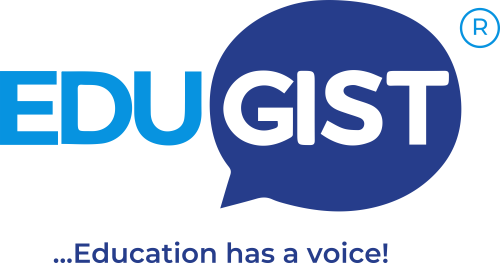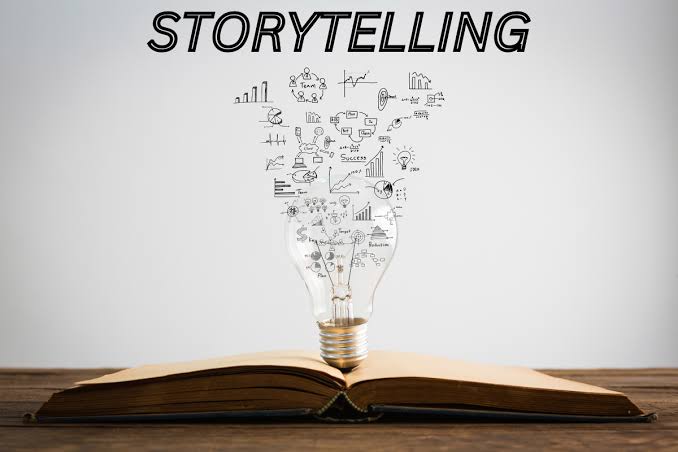Storytelling has been an essential part of human communication for centuries. From ancient oral traditions to modern-day literature, stories have shaped cultures, transmitted knowledge, and preserved histories. In education, storytelling is a powerful tool that enhances learning by making complex concepts more relatable, memorable, and engaging. Whether in early childhood education or higher learning, storytelling plays a crucial role in fostering critical thinking, creativity, and emotional intelligence
One of the primary reasons storytelling is so effective in learning is its ability to engage multiple cognitive processes simultaneously. Stories stimulate the brain by activating sensory, emotional, and rational faculties, leading to better comprehension and retention of information. Neuroscientific research shows that when we listen to a story, our brains process it as if we are experiencing it ourselves. This phenomenon, known as neural coupling, enhances understanding and recall. Furthermore, storytelling aids in structuring information in a way that is easier to understand. Unlike rote memorisation, which often leads to fragmented knowledge, storytelling provides context, helping learners connect ideas logically. For instance, in history lessons, narrating the story of a historical figure rather than merely listing dates and events allows students to grasp the significance of those events in a broader context.
Storytelling is not just about cognitive benefits; it also nurtures emotional and social intelligence. Stories evoke emotions, enabling learners to develop empathy and better understand different perspectives. When children hear stories about characters facing dilemmas, they learn about moral values, decision-making, and emotional resilience. In classrooms, storytelling fosters a sense of community and connection. Students who engage in storytelling activities develop stronger communication skills, self-confidence, and the ability to articulate their thoughts clearly. Additionally, storytelling promotes active listening, an essential skill for interpersonal relationships and professional success.
Storytelling encourages creativity by inspiring students to think beyond conventional boundaries. When learners are exposed to diverse narratives, they begin to imagine possibilities beyond their immediate experiences. This imaginative engagement is particularly crucial in subjects like literature, science, and the arts, where innovative thinking plays a significant role.
Teachers can use storytelling to spark curiosity and encourage students to create their own narratives. This approach not only reinforces learning but also helps students develop originality and problem-solving skills. In science education, for example, storytelling can be used to explain complex theories by weaving them into fictional scenarios that students can relate to.
Storytelling is particularly effective in early childhood education, where young learners are still developing their language and cognitive skills. Reading aloud, puppet shows, and interactive storytelling sessions help children improve their vocabulary, listening skills, and comprehension. The engaging nature of stories also makes learning enjoyable, fostering a positive attitude toward education.
In higher education, storytelling remains relevant, especially in disciplines such as law, medicine, and business. Case studies, which are essentially structured narratives, help students apply theoretical knowledge to real-world situations. Medical students, for instance, learn through patient histories, while business students analyse market case studies to understand industry trends.
Storytelling is an invaluable tool in education, offering cognitive, emotional, and social benefits that traditional teaching methods often lack. By making learning more engaging, memorable, and meaningful, storytelling helps students develop critical skills that extend beyond the classroom. As educators and policymakers continue to explore innovative ways to improve learning experiences, integrating storytelling into teaching methodologies should be a priority. With its ability to bridge knowledge gaps, inspire creativity, and foster empathy, storytelling remains one of the most effective ways to enrich education at all levels.















